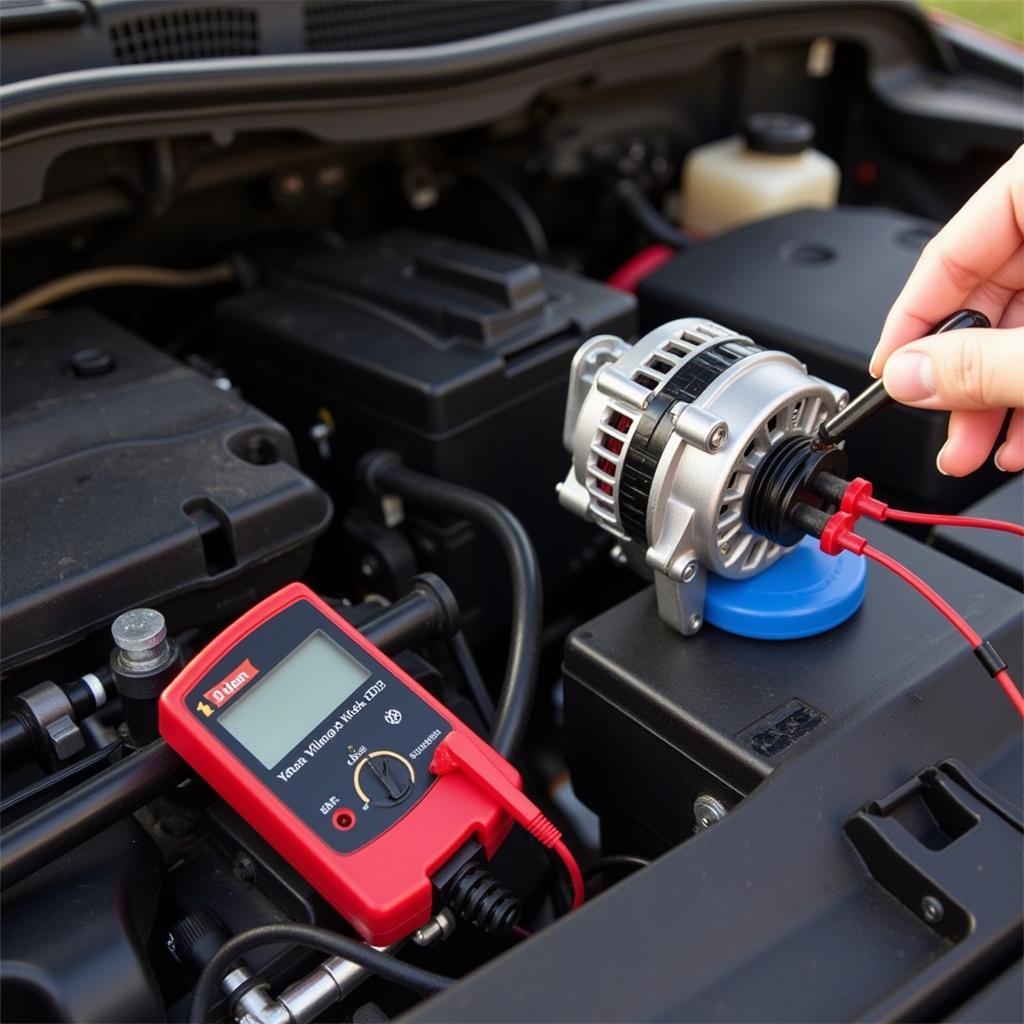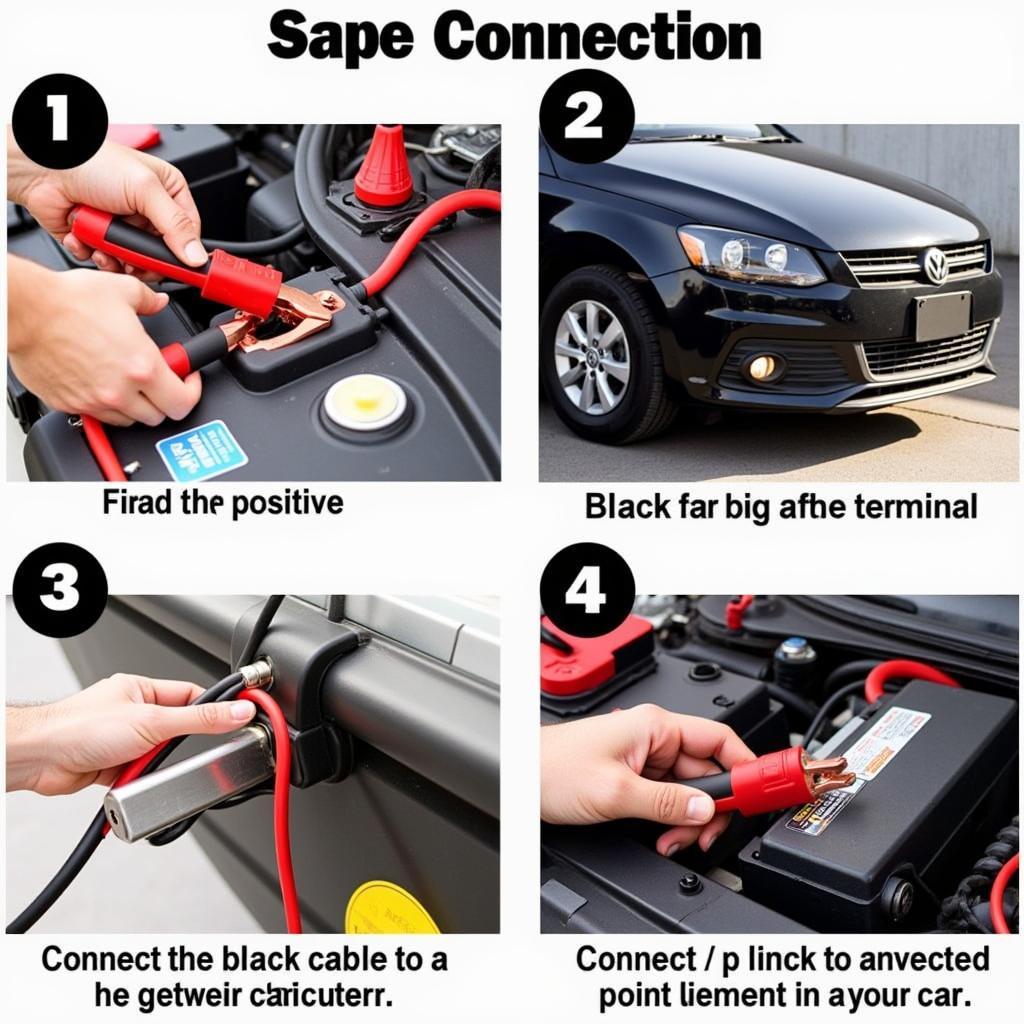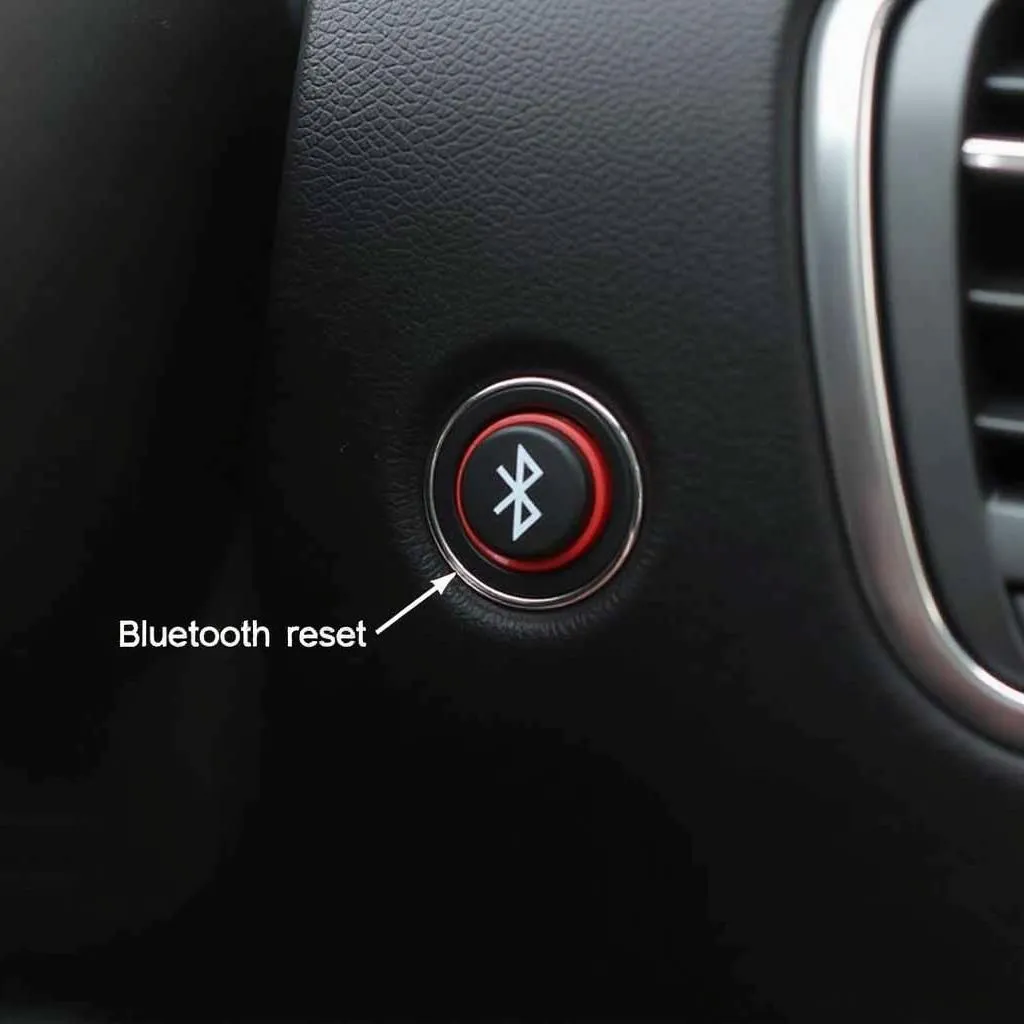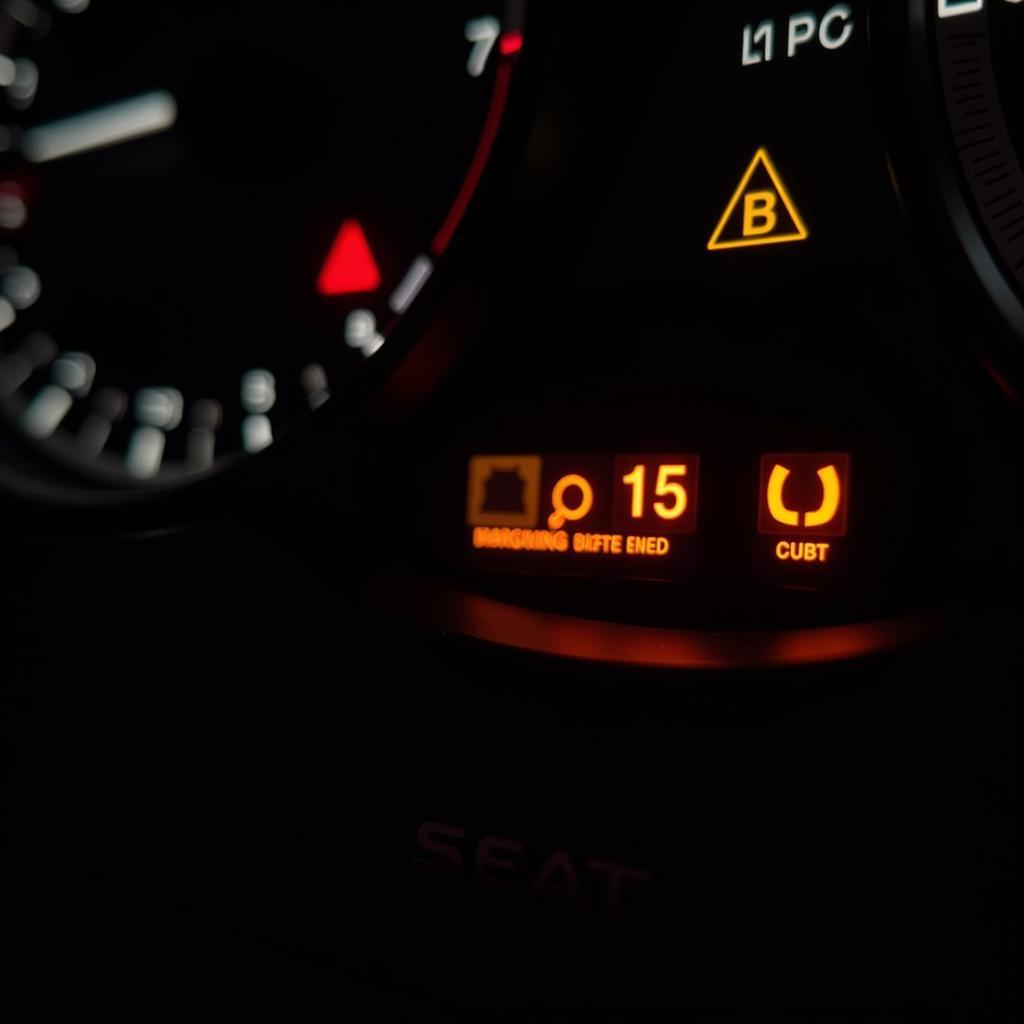Your car battery won’t start even after a jump? This frustrating situation can leave you stranded and searching for answers. This article dives deep into the common causes of a car battery not starting even with a jump, offering practical troubleshooting steps and potential solutions to get you back on the road.
Why Won’t My Car Start Even With a Jump?
A car that refuses to start even after a jump start can indicate a problem beyond a simple dead battery. Several underlying issues can cause this, ranging from faulty alternator or starter to corroded connections or even parasitic drains. Understanding the root cause is crucial to implementing the right fix.
Common Culprits: Identifying the Problem
Several components can contribute to a car battery not starting with a jump. Let’s explore the most frequent offenders:
- Faulty Alternator: The alternator recharges the battery while the engine is running. A malfunctioning alternator can prevent the battery from receiving a charge, even with a jump.
- Bad Starter: The starter motor cranks the engine to initiate the combustion process. If the starter is faulty, the engine won’t turn over, regardless of a jump start.
- Corroded Battery Terminals: Corrosion on the battery terminals can impede the flow of current, preventing the jump start from being effective.
- Parasitic Drain: A parasitic drain occurs when an electrical component continues to draw power even when the car is off, slowly draining the battery.
- Wiring Issues: Damaged or loose wiring can disrupt the electrical flow, rendering a jump start ineffective.
- Bad Ground Connection: A poor ground connection can prevent the electrical current from completing its circuit, hindering the jump start.
 Checking the alternator with a multimeter
Checking the alternator with a multimeter
Troubleshooting Steps: Getting to the Root Cause
If your car battery isn’t starting with a jump, these troubleshooting steps can help you pinpoint the problem:
- Inspect the Battery Terminals: Check for corrosion or loose connections. Clean the terminals with a wire brush and baking soda solution. Tighten the connections securely.
- Check the Starter: Listen for a clicking sound when you turn the key. A clicking sound often indicates a faulty starter.
- Test the Alternator: Use a multimeter to check the alternator’s voltage output. A reading below 13.5 volts suggests a problem with the alternator.
- Look for Parasitic Drains: Use a multimeter to measure the current draw with the ignition off. An unusually high reading suggests a parasitic drain.
 Checking the jump start cable connections
Checking the jump start cable connections
Solutions: Fixing the Problem
Once you’ve identified the cause, you can implement the appropriate solution. This might involve:
- Replacing the Alternator: If the alternator is faulty, replacement is usually necessary.
- Replacing the Starter: A bad starter will need to be replaced to get the engine running again.
- Cleaning or Replacing Battery Cables: Corroded or damaged battery cables should be cleaned or replaced.
- Addressing Parasitic Drains: Identify and fix the electrical component causing the parasitic drain.
- Repairing Wiring Issues: Damaged or loose wiring should be repaired or replaced.
- Improving Ground Connection: Ensure a secure and clean ground connection for proper electrical flow.
Expert Insights: Practical Advice from the Field
“A car that won’t start even with a jump is a clear sign of a deeper issue,” says automotive electrical expert, Robert Johnson. “Don’t just keep jumping the battery. Take the time to diagnose the problem and address the underlying cause.”
Another expert, Sarah Miller, adds, “Often, the problem lies with the alternator or starter. A simple voltage test can quickly pinpoint these issues.”
Conclusion: Getting Back on the Track
A car battery not starting with a jump can be frustrating, but by following these troubleshooting steps and solutions, you can effectively diagnose and fix the problem. Remember to always prioritize safety and consult a qualified mechanic if you are unsure about any procedure. Addressing the root cause of the problem will get you back on the road safely and prevent future starting issues.
FAQ
- Can a bad starter prevent a car from starting even with a jump? Yes, a faulty starter can prevent the engine from cranking, even with a jump start.
- How do I test my alternator? Use a multimeter to measure the voltage output while the engine is running.
- What is a parasitic drain? A parasitic drain is an electrical component that continues to draw power even when the car is off.
- How do I clean corroded battery terminals? Use a wire brush and a baking soda solution to clean corroded terminals.
- What should I do if I’m not comfortable troubleshooting electrical problems? Consult a qualified mechanic for assistance.
- Could a bad ground connection prevent a jump start from working? Absolutely, a bad ground can interrupt the electrical circuit necessary for a jump start.
- Is it safe to keep jump-starting a car that won’t start? Repeated jump-starting can damage the battery or other electrical components. It’s important to diagnose and address the underlying problem.


